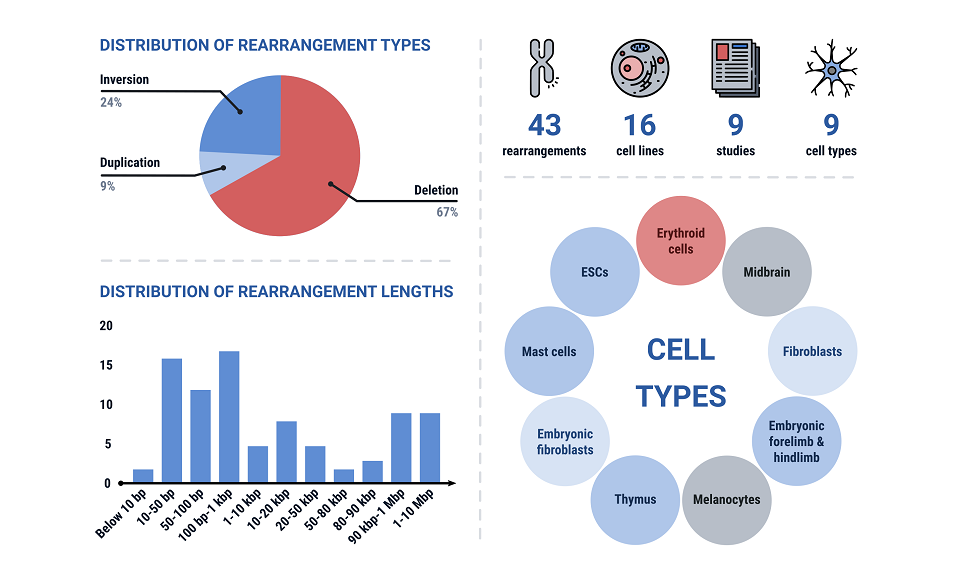3DGenBench – first benchmarking platform for 3D genomics
International Nucleome Consortium has developed a tool which will help to evaluate 3D genomics modules. Researchers from the WUT Faculty of Mathematics and Information Science have participated in the work.
Spatial organisation of the genome is the subject of research of many scientists whose discoveries provide new information but also pose further questions. A difficulty for scientists is lack of universal methods for comparing models developed on the basis of 3D genomics experience.
Secrets of genomics
Genetic information defining the whole body is coded in the deoxyribonucleic acid (DNA) and stored in the cell nucleus together with proteins in the form of chromatin. Very small area of the cell nucleus (circa 10 micrometres) in relation to the length of the chain of the double helix (in case of the human it is as much as 2 metres) means very high level of DNA packing and the need for specific multiscale 3D structure. The spatial system of chromatin influences changes in gene expression, impacting appropriate development of the body and a reply to changing environmental conditions.
Understanding of mechanisms regulating chromatin folding is one of the most challenging questions in modern genomics, i.e. the area of science dealing with analysis of organism genomics.
Effects of work need to be compared
Thanks to experiments of 3D genomics scientists may obtain various data collections that describe the organisation and dynamics of chromatin in quantitative terms. Statistical methods are actively developed, biophysical modelling is also used. Their aim is to predict the 3D structure of chromatin on the basis of experimental data.
A basic problem is still effective comparison of the developed computer models. This results from, among others, differences between polymer simulation methods, statistical methods but also specificity of various databases. There is a lack of standardised reference models, experimental data, which could be used in comparative studies. There is also a need for statistically rational metrics to evaluate and compare 3D models, but also to quantitatively define similarities between computer predictions and experiments.
3DGenBench will help scientists all over the world
The tool for universal evaluation of calculation models for 3D genomics was developed by the international consortium International Nucleome Consortium. In the work participated Professor Dariusz Plewczyński and Mateusz Chiliński, MSc, from the WUT Faculty of Mathematics and Information Science. Their research was financed within the WUT programme ”Excellence Initiative – Research University” (grant in the competition BEYOND POB) and the competition PRELUDIUM BIS organised by the National Science Centre.
– 3DGenBench is the first internet platform which allows to compare models based on various methods of biophysical simulations. It is a unique tool for scientists from all over the world to compare results of their work based on reliable metrics – says Professor Dariusz Plewczyński.
At present, the platform offers two types of analyses but it may easily be extended with additional species, types of cells and comparative test









